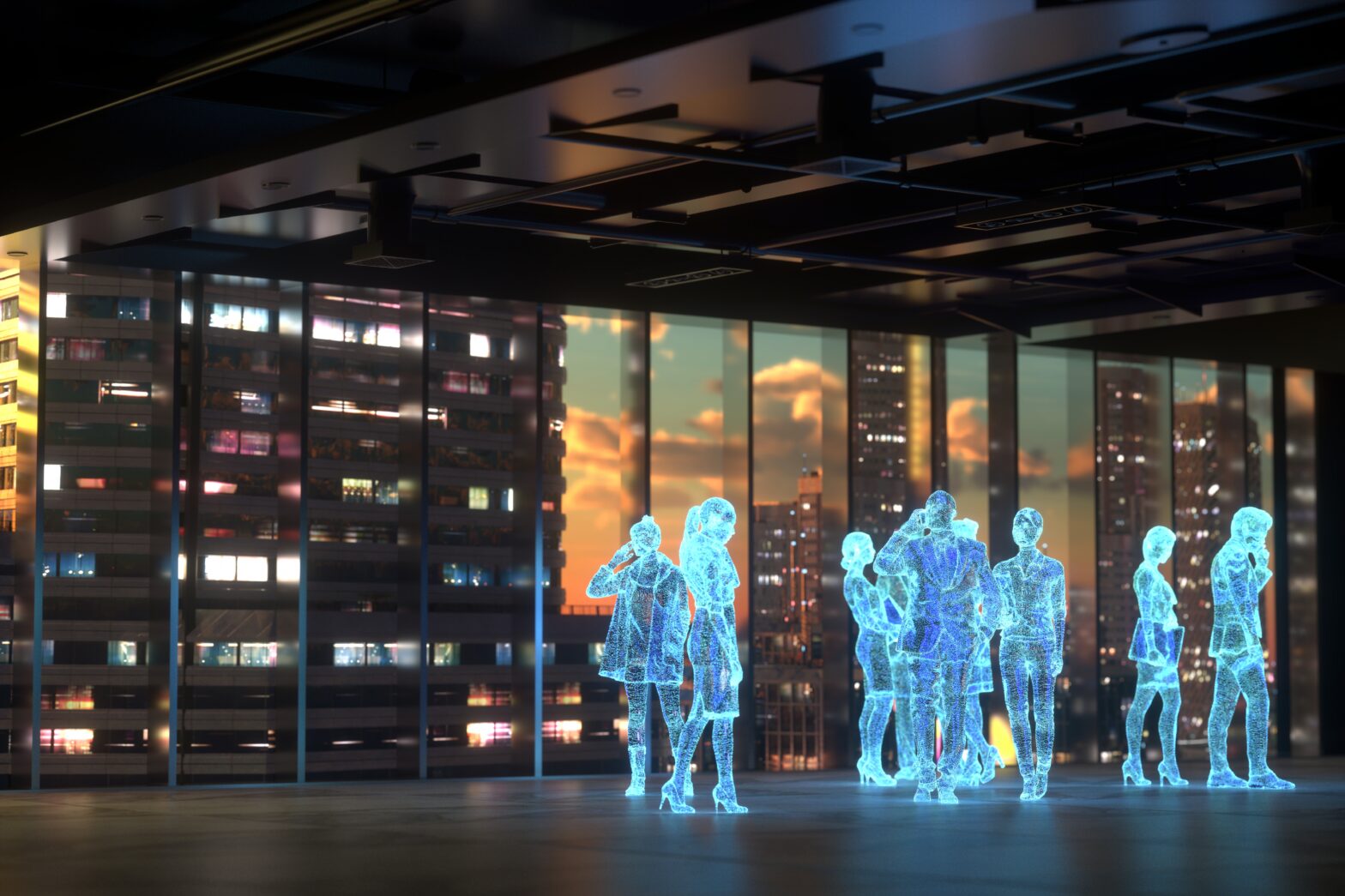A new whitepaper “How the future of the internet will influence retail” has gathered experts from across the e-commerce, web design, and digital spectrum to offer comment and predictions on the future of shopping.
The future of the internet
Faster speeds and greater availability are widely agreed to be the innovations that will mould the future of the internet. Furqan Tafseer, Digital Marketing Strategist, agrees: “Internet connections are going to be automatic and permanent. I wouldn’t be surprised if soon it will become a completely free facility for all the common people around the globe.”
>See also: The future of retail: just technology
Connection speeds have already grown dramatically since the early days. For example, in the time it would take for you to download a season of Game of Thrones on a dial up connection, you could launch and complete a manned mission to the moon.
This greater availability and improved performance will change the way consumers buy, forcing retailers to be even more agile in an already hectic marketplace.
Geolocation
Digital advertising can already target certain people depending on their interests and demographics via social media, but imagine if consumers could be served ads on the go based on their location.
Geolocation would allow retailers to send promotions to customers’ smartphones as they pass their brick and mortar locations to offer individual promotions based on products the user had previously viewed online.
>See also: Technology will revolutionise the retail experience
Abundant internet connections will also allow store owners to quantify the in-store experience more easily. For example, it could allow customers use their smartphone to navigate the store and find items they want, or prompt them offer immediate feedback on their shopping experience. Retailers could then use this data to implement changes to store layout, staff numbers, and the availability of specific products.
Automated shopping
A trend that should spend shivers down the spine of brick and mortar retailers is automated shopping, an emerging technology which may dramatically reduce passing trade to local shops.
Automated shopping is part of the Internet of Things trend, wherein everyday household items have a web connection. An example of automated shopping is a washing machine that understands how much detergent you use, then automatically reorders the same detergent from an online retailer to coincide with the date you’re likely to run out.
Great news for people who don’t fancy nipping to the shops to pick up everyday essentials, but bad news for retailers who rely on passing trade to survive.
E-commerce
Online retailers should – theoretically, at least – enjoy improved conversion rates as internet speeds improve. Bob Clary, Director of Marketing for customised learning solutions platform DevelopIntelligence, explains: “The worse a user’s connection speed is, the less likely they are to convert. So, carrying that thought through, a ‘super-fast’ Internet would inevitably lead to more orders placed on retail sites purely because it is easier/faster to do so.”
>See also: ‘Record retail declines fuel demand for extreme tech to wow shoppers’
Web design
The ambition and scale of e-commerce websites can be held back by internet performance. Embedding videos, gifs, and other high definition graphics into product pages and landing pages can have a detrimental effect on website speed, which is an important ranking factor for Google. For this reason, many retailers and web designers are limited in what kind of innovation they can create – but this is likely to change.
Tom Jeffries of Bizdaq, explained why superfast Internet will have a significant impact on e-commerce web design: “Unburdened by not wanting to put off people on slower connections, designers will add more videos everywhere – homepages, landing pages, product pages. This isn’t just to fill a space or to make the most of the internet; case studies have shown that video is far superior to text for conversions, with online shoppers almost twice as likely to buy a product if they’ve watched a demo video beforehand.”
>See also: ‘Record retail declines fuel demand for extreme tech to wow shoppers’
As well as conventional video, innovations like virtual reality and augmented reality will also be given room to bloom with the onset of faster connection speeds. Tom Jeffries explained: “We might even see web designers incorporating more interactive elements to websites in an attempt to look more interesting and get the upper hand on competitors.”
“VR or AR might become more widely-used, particularly by clothing companies to show what a customer would look like in clothes before they buy them.”
Sourced by Plusnet










